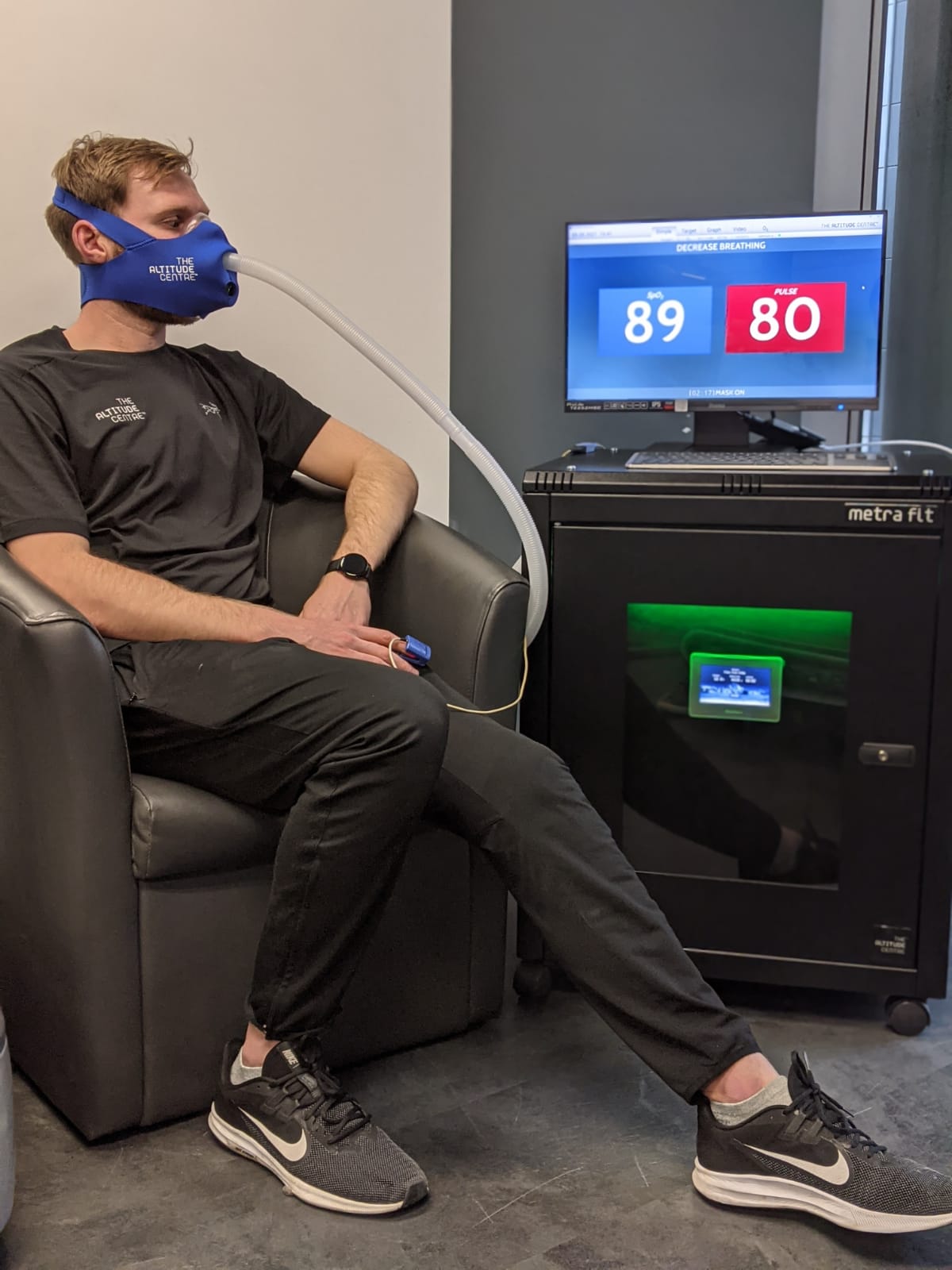In the early stages of the COVID-19 pandemic, the attention of the scientific community was focussed on preventing the transmission of the disease, treating acute symptoms in those who contracted the virus, and ultimately creating a vaccine which could prevent the worst symptoms in the most vulnerable. As we continue to move through the pandemic, focus has begun to transition to the care and rehabilitation of COVID-19 survivors, with a recognition that the disease may well be multi-organ and affect survivors beyond the acute phase, with either long lasting symptoms or a syndrome of symptoms that have come to be known as long COVID.
At the same time as the pandemic was sweeping across the globe, epidemiologists tracking the outbreak noticed something interesting. Incidence of COVID-19 was lower in populations residing at high altitude. Indeed, several studies digging deep into the data from high altitude regions in South America and Tibet have demonstrated lower transmission and case rates among high altitude populations. Certainly some confounding factors may have played a role, but the data was interesting, and lead to some researchers to dig further into the link between altitude and COVID.
How Can Hypoxia Promote COVID Recovery?
Put simply scientists have identified that hypoxia, the low oxygen environment experienced at altitude, can help prevent the virus that causes COVID-19 (SARS-CoV-2) from infecting and replicating within previously healthy cells.
Thanks to the blistering rate of research, scientists quickly discovered that infection occurs when a spike protein on the virus itself binds to a protein on the surface of human cells called ACE2. This binding triggers a signalling cascade that ultimately fuses the viral and human cells together and allows the virus to enter its genetic material into the human cell, infecting it. The heart and kidney in particular express large amounts of ACE2 on their cells, which might explain why the virus can have such a wide impact.
Interestingly, hypoxia actually downregulates expression of ACE2 on human cells. Knowing this, researchers exposed human lung cells to hypoxia and SARS-CoV-2, and demonstrated that thanks to hypoxia and the reduced expression of ACE2 , the virus was less able to bind to and infect the lung cells. What’s more, the researchers observed that even if some viral vectors were able to bind, the hypoxic conditions inside the lung cells meant that the virus was unable to replicate and spread to other cells. Based on this cellular research, the authors posited that hypoxic exposure could be a therapeutic for the prognosis and rehabilitation of COVID-19.

Moreover, we know that hypoxic exposure can beneficially influence many of the negative outcomes from COVID-19. For example, exposure to hypoxia can enhance cardiopulmonary function and repair cardiopulmonary damage, increase blood oxygen content, balance the activity of the immune system, protect against oxidative stress and control acute pulmonary inflammation, all of which are necessary to redress the impacts of COVID-19 on the body’s systems. In terms of real world outcomes, in populations with lung disease hypoxic exposure has been shown to significantly improve lung function, making simple activities of daily living such as walking to the shops (a task which can be extremely taxing for those with long-COVID) far more accessible, vastly improving quality of life.
How Can We Implement Hypoxia?
One particular method of altitude exposure has been identified as useful in this context. Intermittent hypoxic exposure (IHE) is a training method which involves passive exposures to hypoxia, alternated with normoxic air. Decades of research have shown the benefits outlined above are achieved by completing IHE, and have also shown that the training method is well tolerated by people of all ages and across the spectrum of health and wellbeing. The fact it is passive, and involves no exercise at all, makes IHE possible to those presenting the fatigue associated with long COVID, in a way that even low intensity exercise simply may not be. In all, based on the evidence available and the tolerability of IHE, it presents a very promising training method in the treatment, prognosis and rehabilitation of COVID.
Indeed, a new review has recently outlined the following:
Based on the above clinical research evidence, we set an IH[E] plan for the prognosis and rehabilitation of COVID-19: 3–5 min hypoxia (10–16% inspired O2) + 5 min normoxia (21% inspired O2) as one cycle, 6–10 cycles per day, 3–5 times a week for a total of 8 weeks…During the treatment process, real-time monitoring of the patient’s heart rate…peripheral blood oxygen saturation, and other physiological indicators. (Cai et al., 2021).

The protocol above represents a typical session on our IHE POD, in which hypoxic and normoxic air are alternated with 5 minute intervals for 60 min, while blood oxygen saturation and heart rate are tracked. We have long used IHE as a training tool to improve health and wellbeing, and the latest research continues to support this use adding Long COVID rehabilitation to the wide range of health benefits that our clients can gain from IHE training.
The global understanding of post-COVID syndrome and long COVID is constantly evolving. Many of those dealing with the lasting impact of COVID may be frustrated at the rate at which this understanding has unfolded to this point, but the development of another tool to use in the fight against COVID can only be a good thing going forward, as we continue to live with the virus.
How Can I train using IHE sessions?
At The Altitude Centre, we offer both on-site IHE training sessions using our IHE POD, as well as at home IHE rentals as well. Both options offer the same mode of training, just in different environments. Depending on your work, lifestyle and location, we can help you choose the best option for your needs.
For further information, and to discuss how best to incorporate IHE into your training and rehabilitation, get in touch with The Altitude Centre below.
